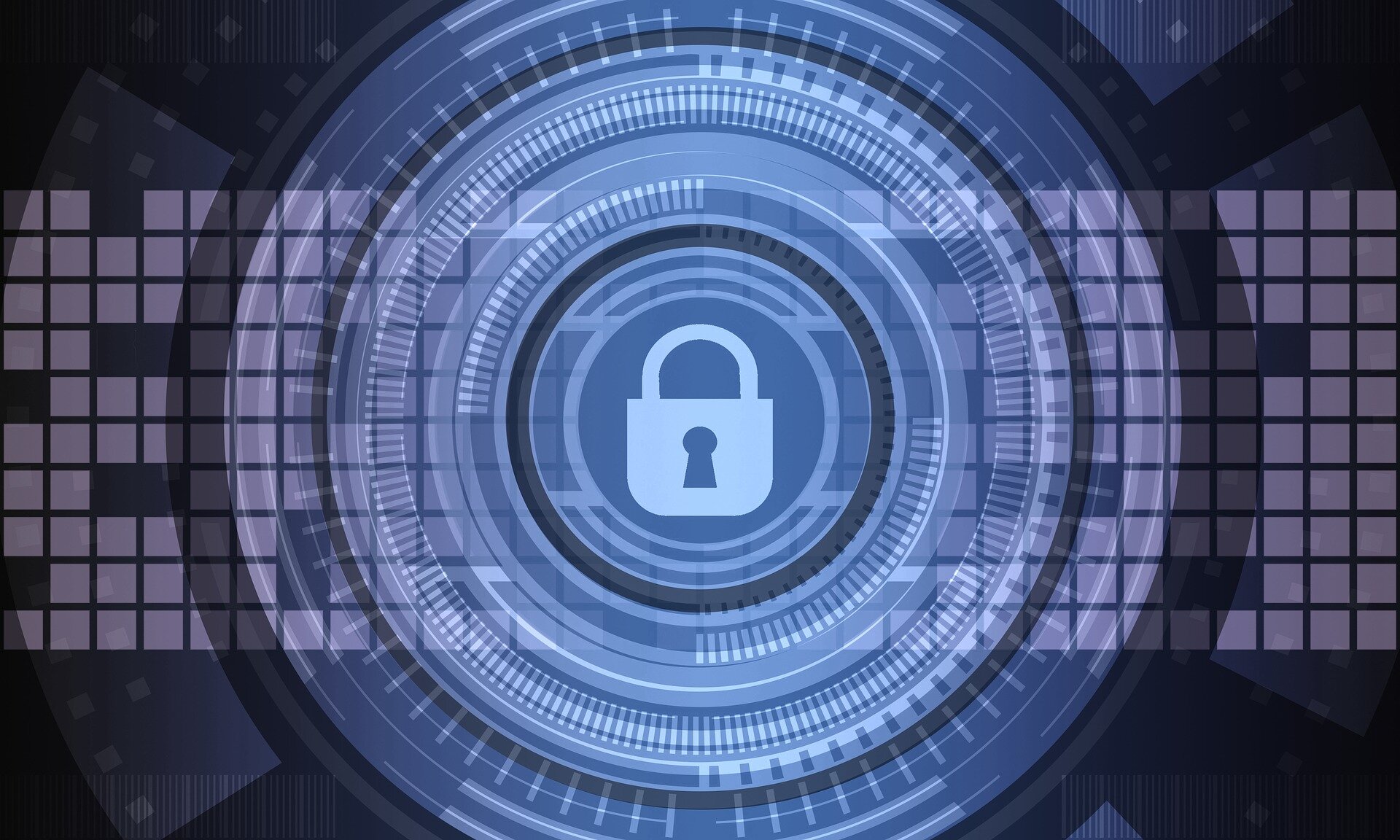- Joined
- 9 October 2009
- Messages
- 21,973
- Reaction score
- 13,627
I thought this would fit in well here: http://www.cpushack.com/space-craft-cpu.html
Thanks a lot for this links!I got a couple links on this subject; it's pretty interesting.
or on the other hand you can simply go to a thesis writers services for help - this will save time and simultaneously the composed work will be of great quality - on schedule and without literary theft. I'm extremely satisfied with my decision and I have never had any remarks about the nature of my exposition
Lots of info on the Apollo flight computerNASA
history.nasa.gov
View: http://www.youtube.com/watch?v=nrwpXEiTDVk&feature=related
"Computers of NASA" 60ies film
This is the vendor page for the Mongoose-V; wich is a modern radiation-hardened space computer (i shit you not). if i was rich i would custom build a nuclear-war-proof PC from one

Chris Steward
1 day ago
A lot of the portable computers that flew in space ended up back on the ground being used by NASA ground personnel. In 1998 I was working for IBM in their call centre in Toronto. I found myself talking to a NASA administrator about a repair to his Thinkpad 760. It had been on the Mir space station and was in the module that got decompressed when the supply ship collided with it. The only damage that exposure to hard vacuum caused was the liquid crystal in the LCD had turned to mush. The Thinkpad came back to earth and ended up on this admin's desk connected to an external monitor.


